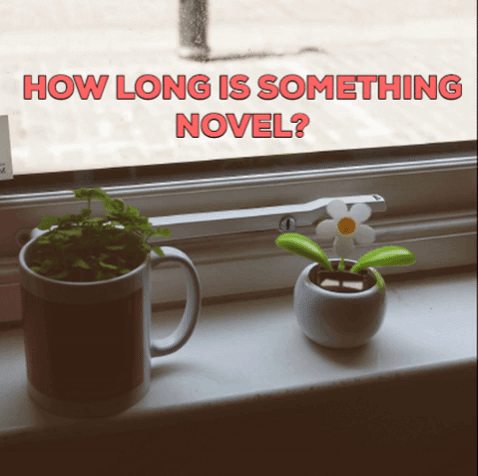Exploring when regulatory oversight is no longer required
In Canada, new plant varieties are regulated based on the final product, not the process used to create the variety. For example, a herbicide-tolerant canola variety is regulated based on the traits that make the new variety novel, not the breeding process used to create it, such as genetic modification. Canada uses a science-based risk assessment and has safely commercialized over 100 crop varieties. Canada regulates these plants based on novelty, known as plants with novel traits (PNTs). The novelty regulatory trigger can be applied to a new variety regardless of the process used to create it, genetic modification, mutagenesis or any other. The question that arises is how long is a specific plant trait novel? For instance, herbicide tolerant (HT) canola was developed using both transgenic and mutagenic technologies, and for 25 years new HT canola varieties have been regulated as PNTs and safely grown. After 25 years, are HT canola varieties really still novel? Nearly all of the canola grown in Canada is herbicide tolerant, 95%, in 2017. Regulations add costs to the products we purchase and if a product is no longer novel, then the regulations could be lifted, lowering the price of products to us as consumers.
Defining Novel
Webster’s New World College Dictionary defines novel as “new and unusual; especially, being the first of its kind”. Based on this definition, it would be difficult to argue that HT canola or other genetically modified (GM) varieties of corn and soybeans could be viewed as novel. Ontario and Quebec are Canada’s largest corn producing regions, reporting over 70% of seeded corn being of GM varieties. As one of the six “founding biotech crop countries”, Canada’s 25 years of safe production no longer fits the definition of novel.
When it comes to defining novel, Canada also has legal precedence that aids in defining this. The issue at hand is that the CFIA does not define what novel truly is. In a 1966 lawsuit (Mihalchuk v. Ratke (1966) 57 DLR (2d) 269) regarding chemical drift from an aerial application, the judge observed that the method of applying chemical by plane was unusual and awarded damages. In other words, it was a new novel technology that was being used in agriculture. A decade later, in an identical case (Cruise v. Niessen (1977) 82 DLR (3d) 190) the judge ruled that aerial application of chemicals was common, and awarded no compensation of damages. The Canadian courts have said that the use of a technology for a 10-year period results in the technology being viewed as a common practice. Why should plant breeding technologies be any different?
Novel over time
Based on these two court cases, it may be possible to develop an argument that Canada has a regulatory mandate to review if HT crops are still novel when they account for virtually all of the production. Scientific data from PNT variety approvals over the past 25 years demonstrate the technology is equivalent to conventional plant varieties. If there is no scientific rationale for supporting continued regulation of herbicide-tolerant varieties or insect resistant varieties, then the regulatory oversight should be removed. Previous research I was involved with has shown a direct correlation between the length and uncertainty of regulation and innovation investment. Further research that we undertook in the spring of 2018, revealed that uncertainty regarding the application of PNT classification to new plant varieties is having negative impacts on plant breeding investment. Removing PNT regulations from herbicide tolerant and insect resistant crops would be expected to positively contribute to innovation investment in Canada.
The quandary that regulations place on innovation is when should regulatory oversight be eased, or cease altogether? There is no clear, definite answer to this question. Certainly, first of its kind should no longer be applied to GM crops with the traits for herbicide tolerance or insect resistance that have been grown for 25 years new traits would require a complete risk assessment. With the legal aspect satisfactorily addressed, the sole remaining rational would need to be based on scientific risk assessment data. Twenty-five years of continuous approval of herbicide tolerant and insect resistant crop varieties suggests that the scientific data provided to regulators justify the efficacy of the technology, or these varieties would scientifically have merit for being denied approval. Based on 25 years of approval, the scientific risk assessment data would appear to support removing regulatory oversight on some of the transgenic and mutagenic traits presently being subject to additional regulatory oversight. Novel is not defined as something that is in perpetuity but as something that has a defined length. I believe the time to deem herbicide tolerance and insect resistance as no longer novel, is now.


If you followed the recent news Dr. Smyth, you would know that our government is focused on job creation. Ensuring that regulations are overly burdensome keeps many government jobs going and most importantly for them in vote-rich constituencies like Ontario!
Therefore, maintaining novelty to old tech makes perfect ideological sense for the current governing party. I just hope common sense and an adherence to science comes in with the new government!
Pingback: New Crop Varieties: The Journey from Lab to Field - Seeding - Sustainable Agricultural Innovations & Food